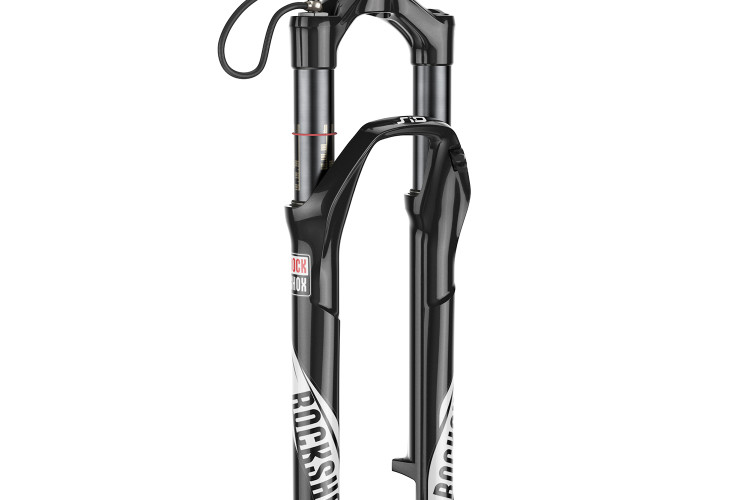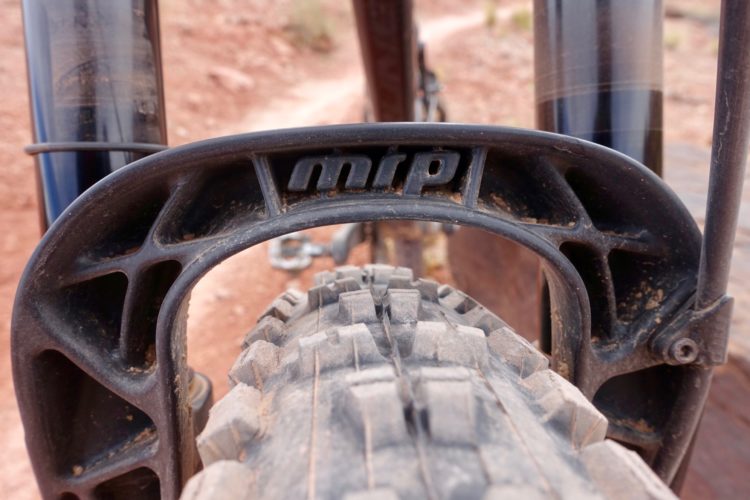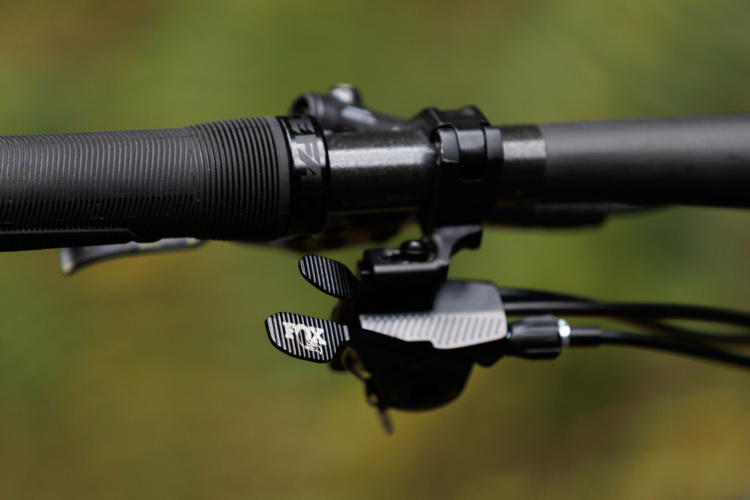
The former Marzocchi engineers who started DVO Suspension in 2012 know a thing or two about building robust and supportive suspension. According to their company narrative, they pride themselves on creating gear that skips the usual marketing speak, instead focusing that energy on what mountain bikers need, rather than on telling us what we need. That’s an ethos I can appreciate.
The brand also claims to have some of the best customer service in the bike business, and I aim to take advantage of that support while testing the Diamond D1 fork over the next few months. At the outset, I’ll need to ask how their version of volume spacers work as that info isn’t explained on the DVO website.

Setting up the Diamond D1 is a reasonably straightforward and standard process. Add air pressure until the proper sag is achieved, set low and high compression to the DVO suggested starting point, and dial in the rebound where you like it. I will start off with the factory recommendations for my weight and riding style, and click the knobs around to tune it in from there.
The fork uses what DVO calls Shim Stack Controlled Damping, and the brand claims that “controlling the damping circuit with the shim stack gives unmatched dynamic control and endless room for custom tuning. Our dampers are for the tinkerer, the rider whose eyes light up at the idea trying different shim configurations, and wants a fork that lets them easily get into the inner workings to tune away to their heart’s content.” With nearly every part of the Diamond D1 designed to be serviced and replaced by the user, I will be sure to open it up and report back on how easy the repairs and shim swaps actually are.

The 29″ 160mm Boost fork I received for this test has 35mm stanchions, a 44mm offset, direct mounts for a 180mm rotor, and weighs a fair bit more than the air-sprung competition at roughly 2150g. The metal-flake-blue lowers look like they were painted by a perfectionist who loves their job, and the fork also comes in black or bright green if that works better with your bike’s daily outfit.

With six clicks of high-speed compression and over thirty clicks of low-speed compression, there shouldn’t be any issue getting this fork dialed to the perfect tune. The fork’s rebound knob can be adjusted to a laughably slow speed, and upon initial setup I had to set it at two clicks from fully open to get it moving properly. I will likely need to slow it down as the seals break in.

The most unique element of the Diamond D1 is its O.T.T. (Off The Top) feature. There is a negative coil spring that supports the first 30% of the travel, and the O.T.T. allows riders to adjust the preload of that spring. In addition to making the fork more supple for added traction and small bump compliance, this adjustment allows heavier riders to boost the fork’s initial buttery feel while maintaining the high pressure riders need for proper support.

Let us know if you have tested the DVO Diamond D1, and if there are any questions or characteristics you would like to learn more about in the coming review.
Available at Wiggle and Tree Fort Bikes.
Thank to DVO for providing the Diamond D1 fork for testing and review.





















2 Comments
Mar 23, 2020
Mar 22, 2020